MARMAROS.
The beauty of marble between ancient and design
Cambiago - Via Castellazzo 8

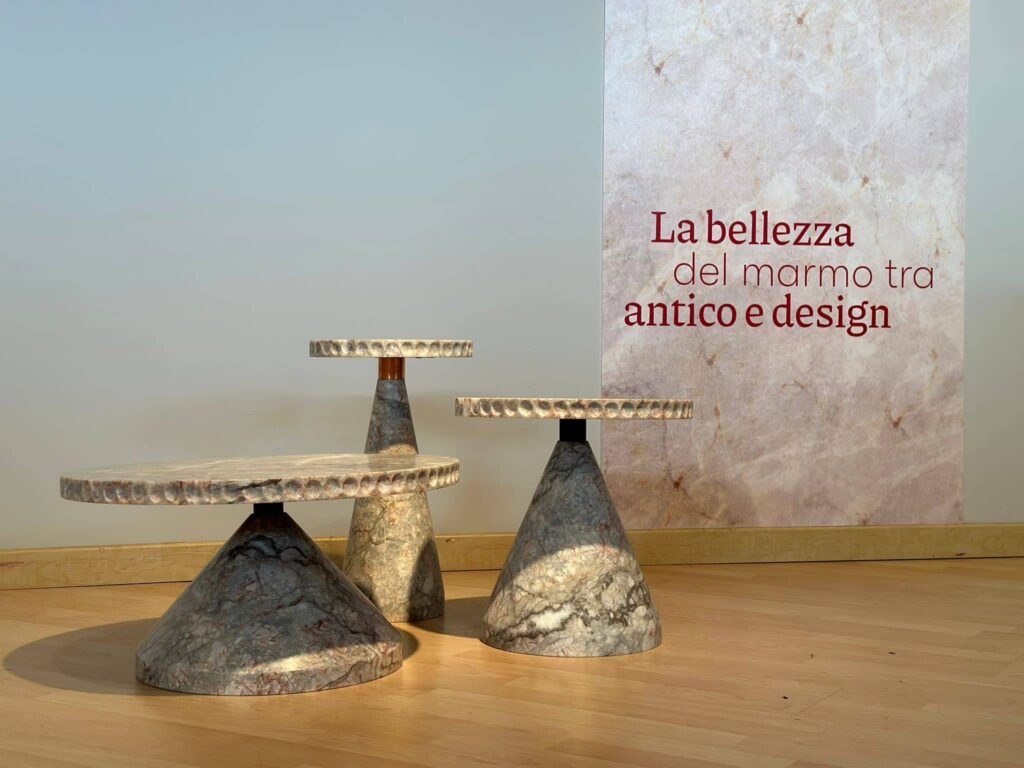

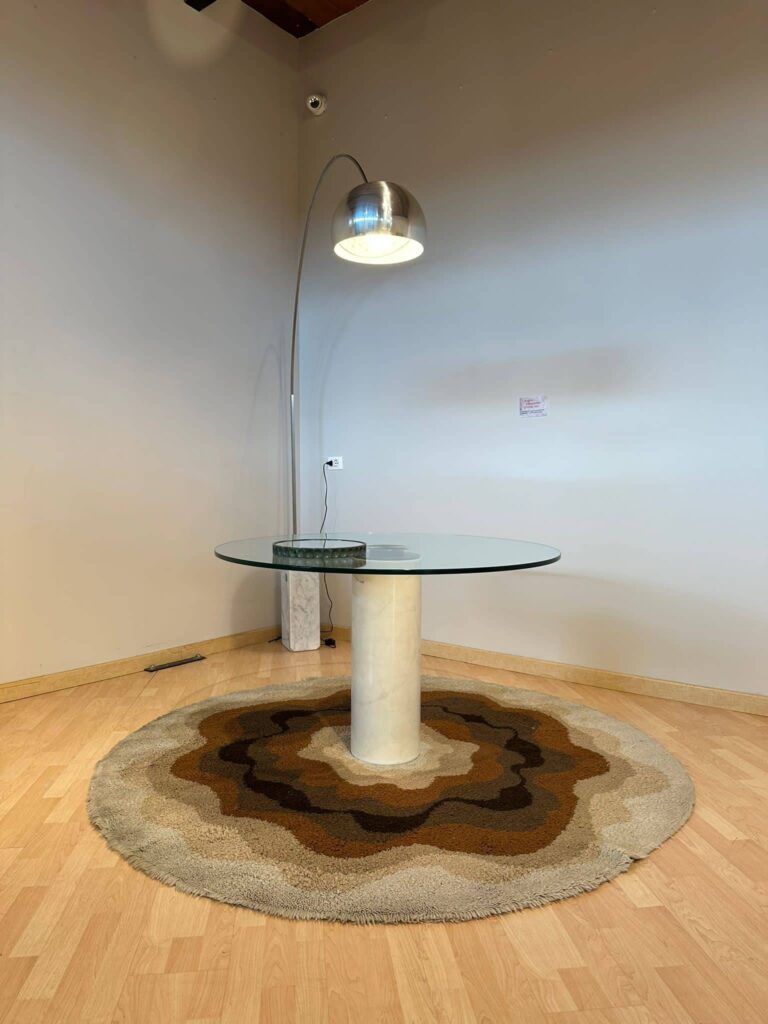
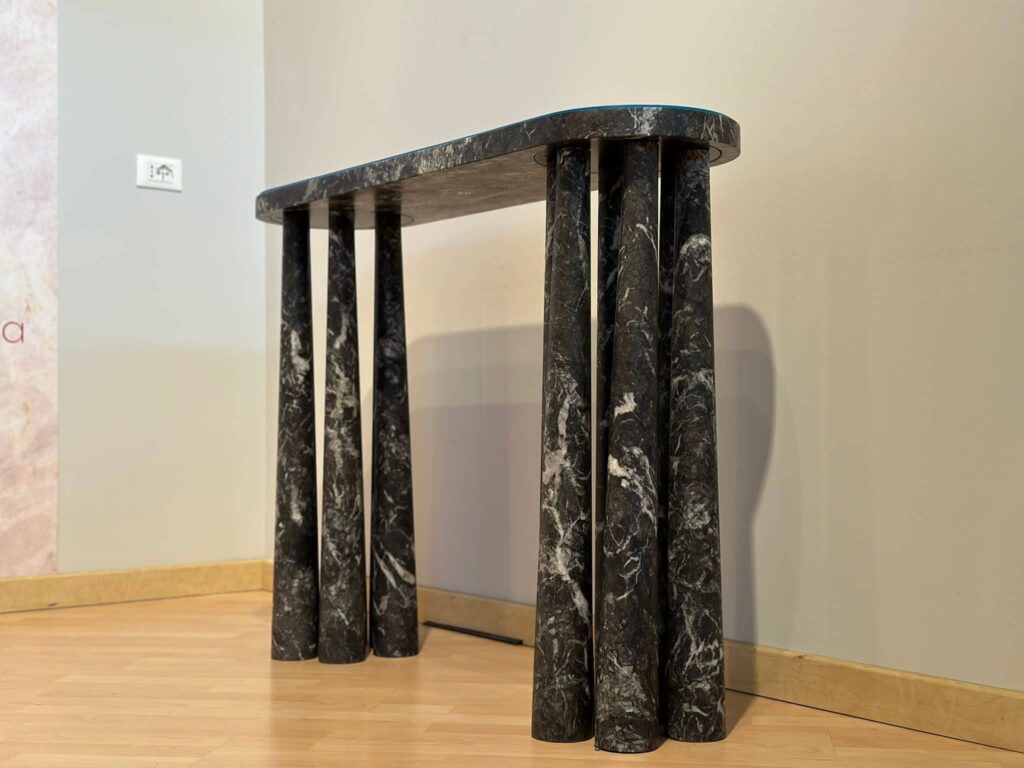
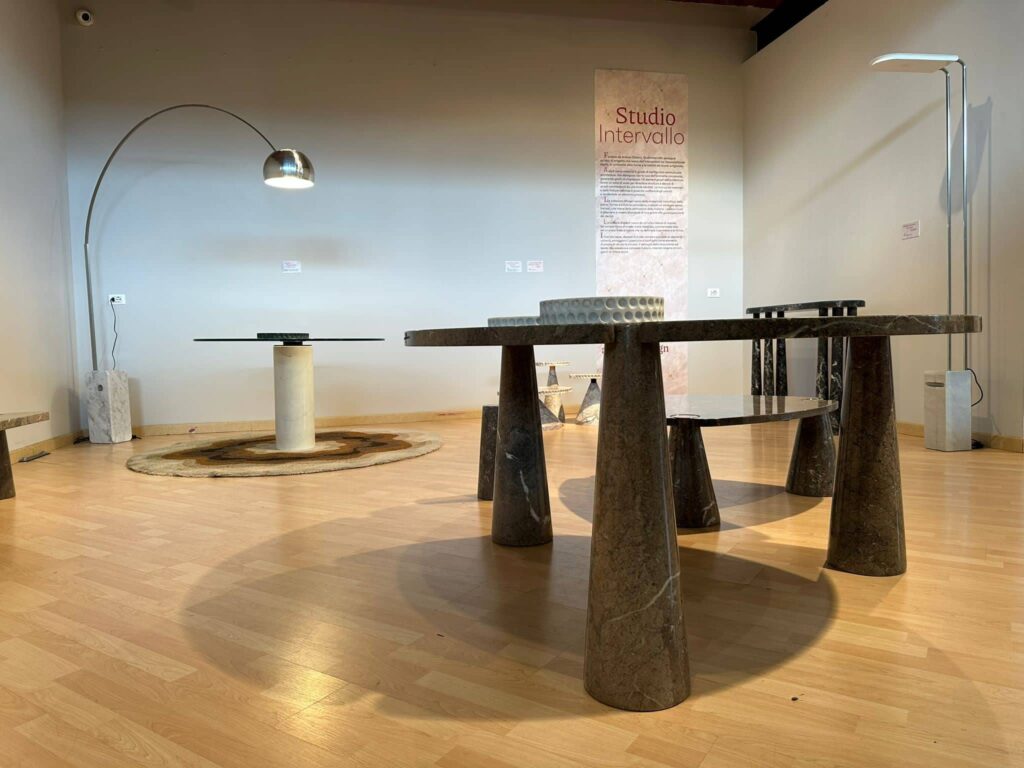
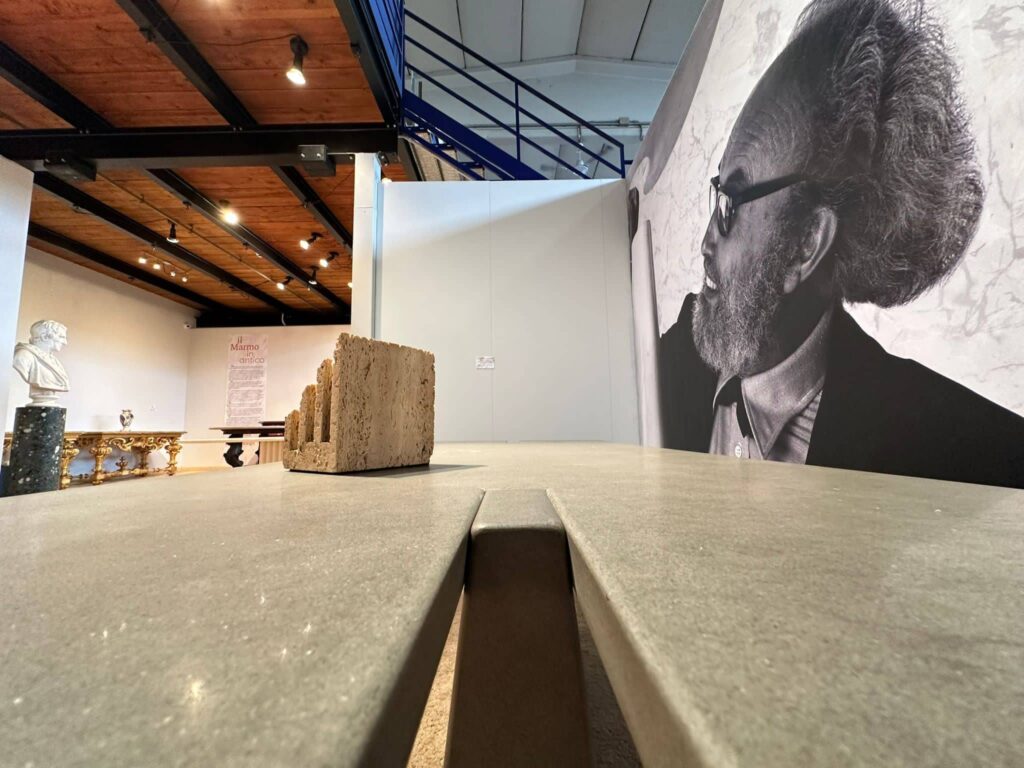
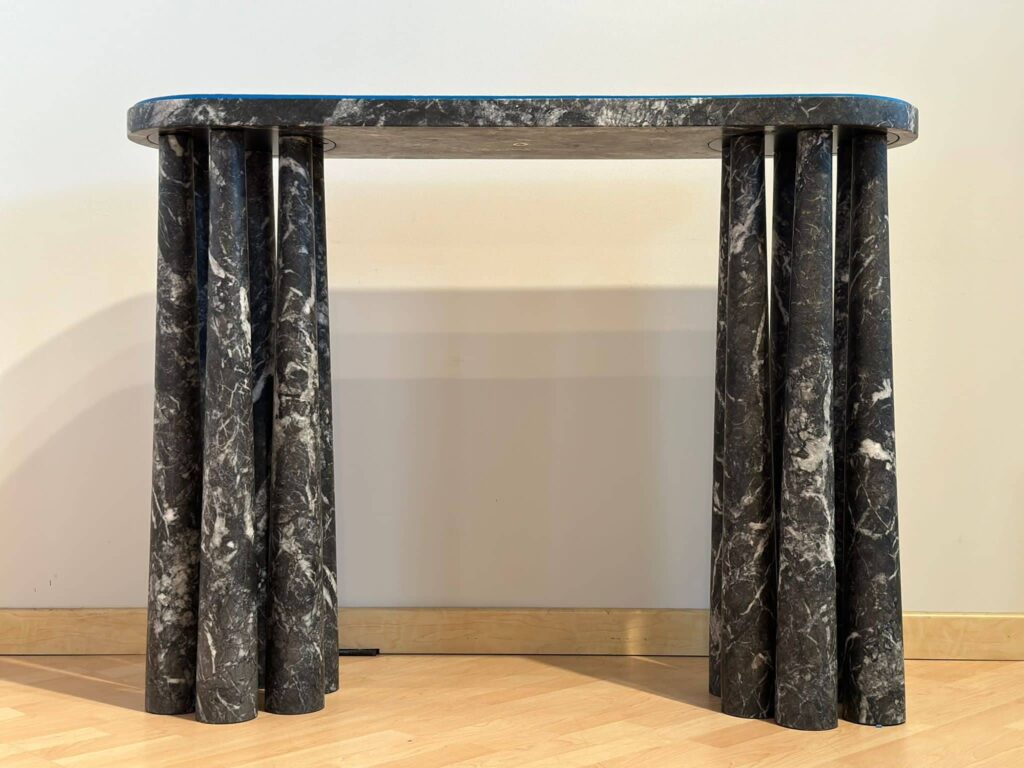
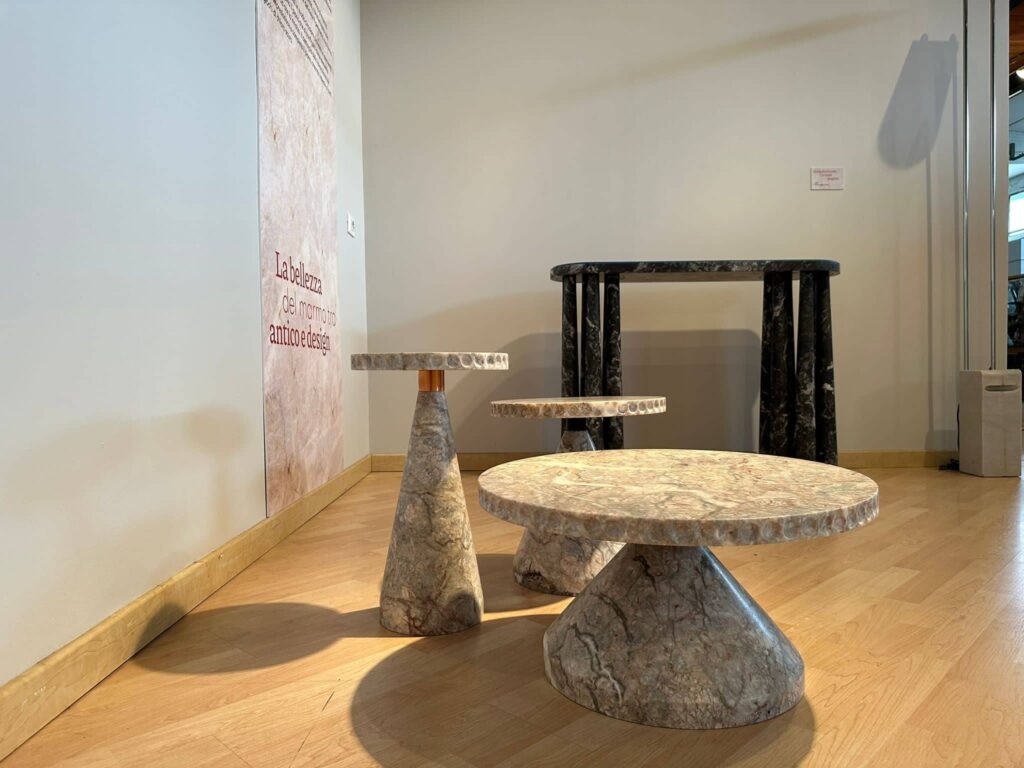
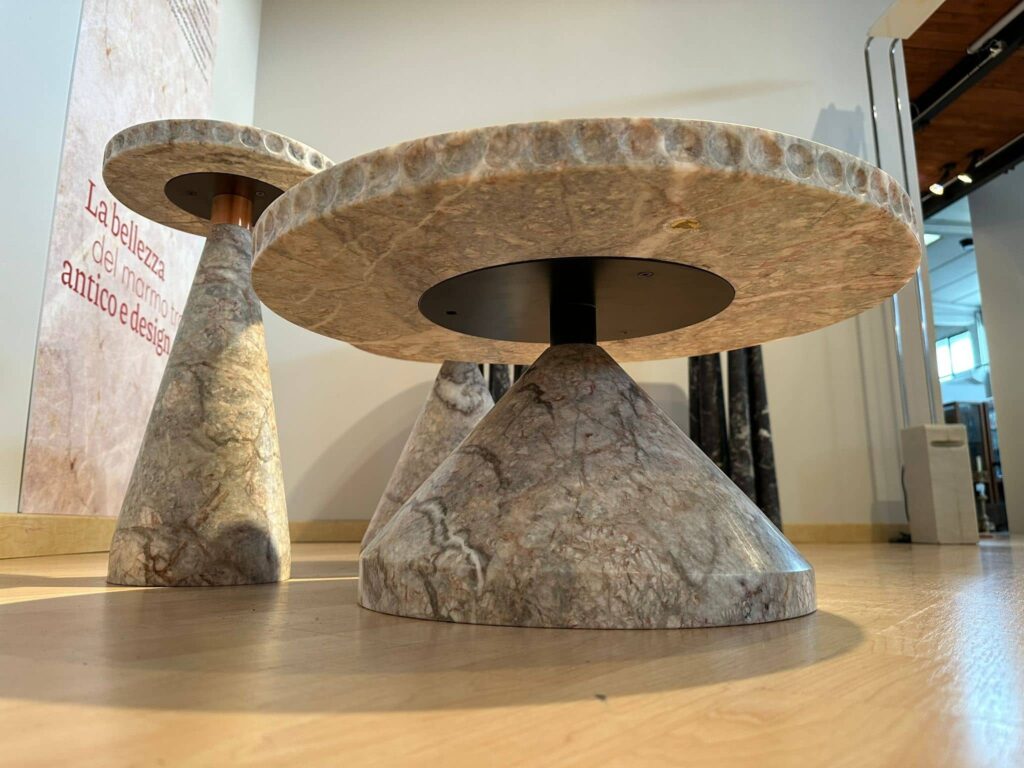

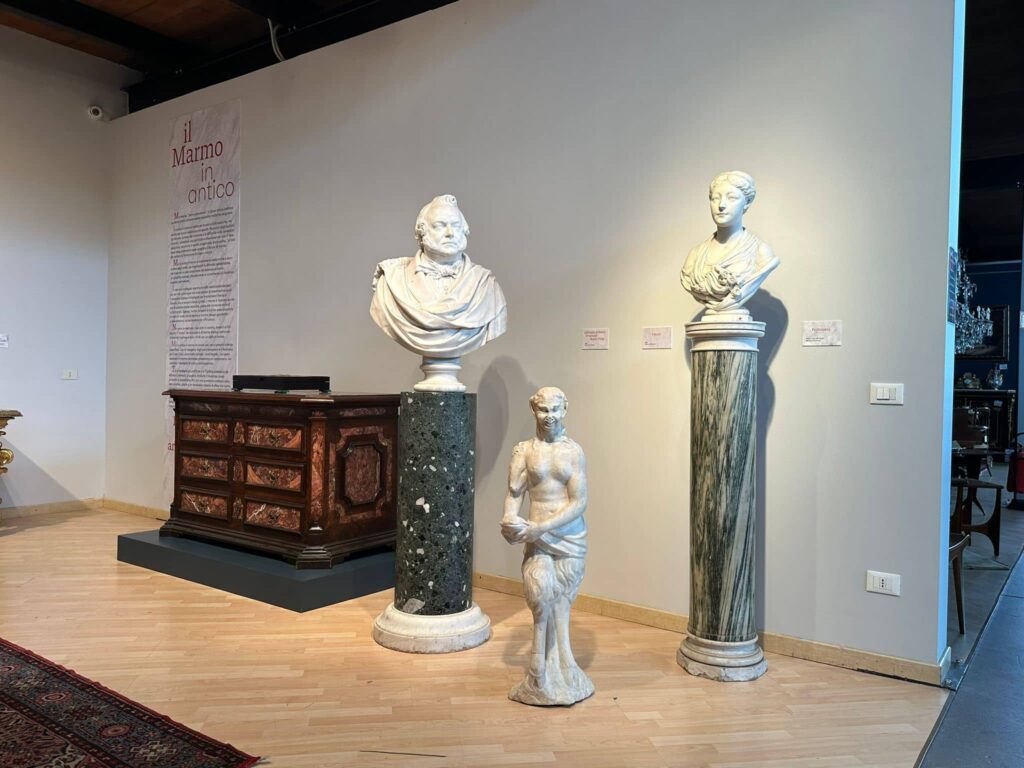
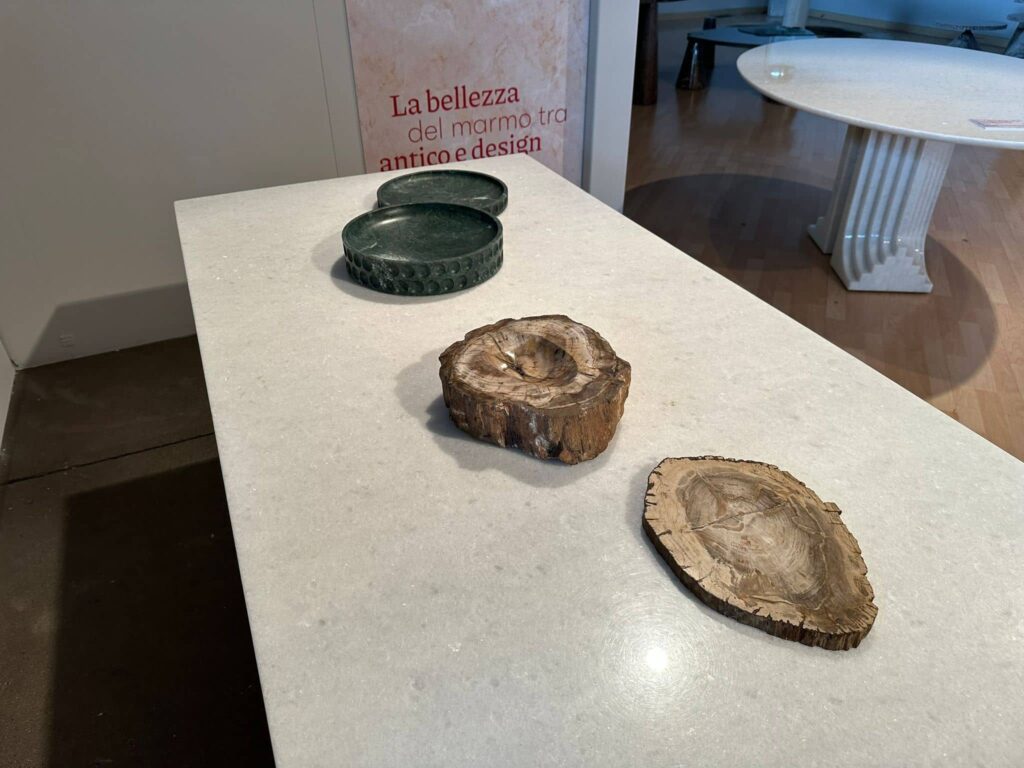
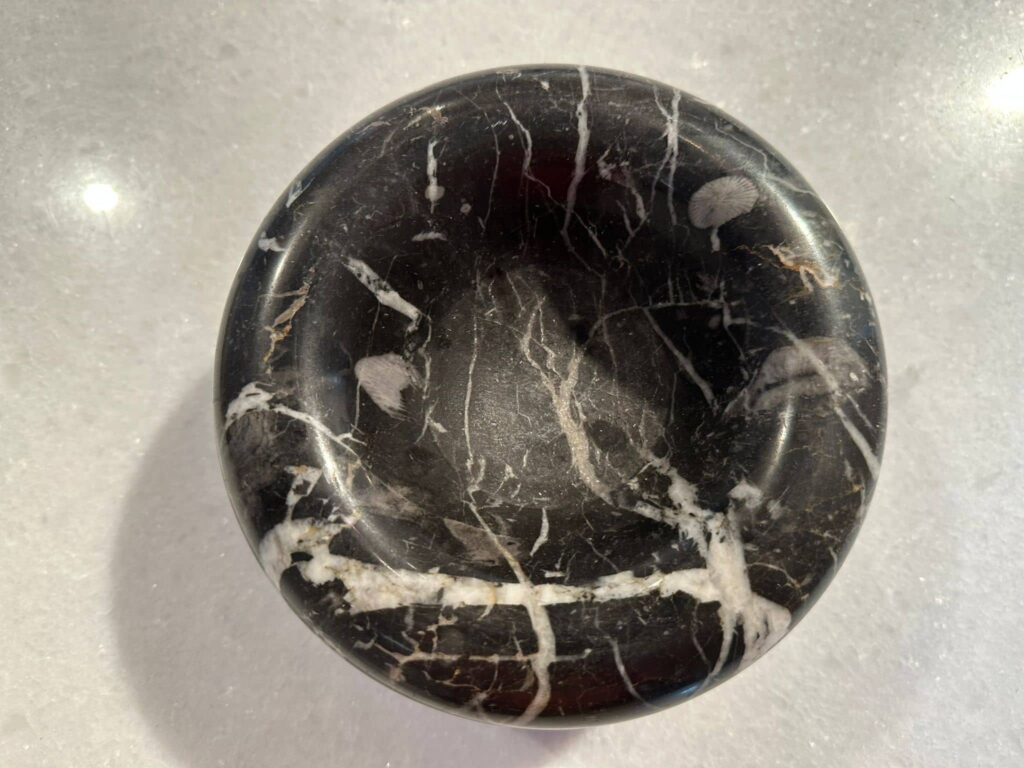

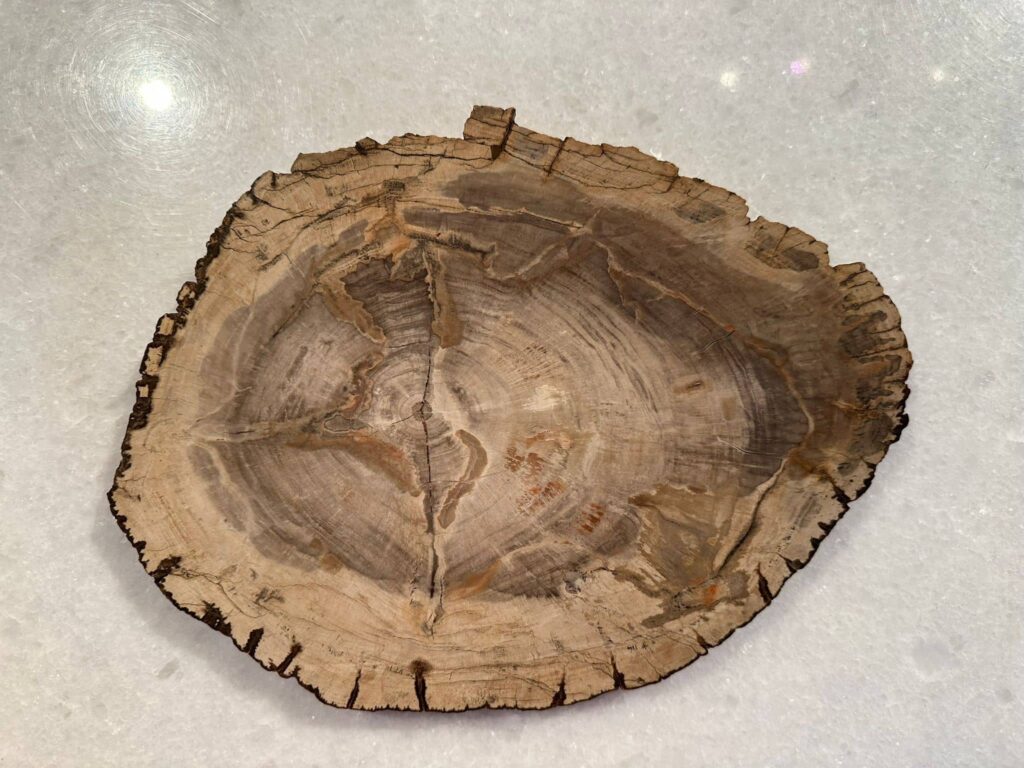
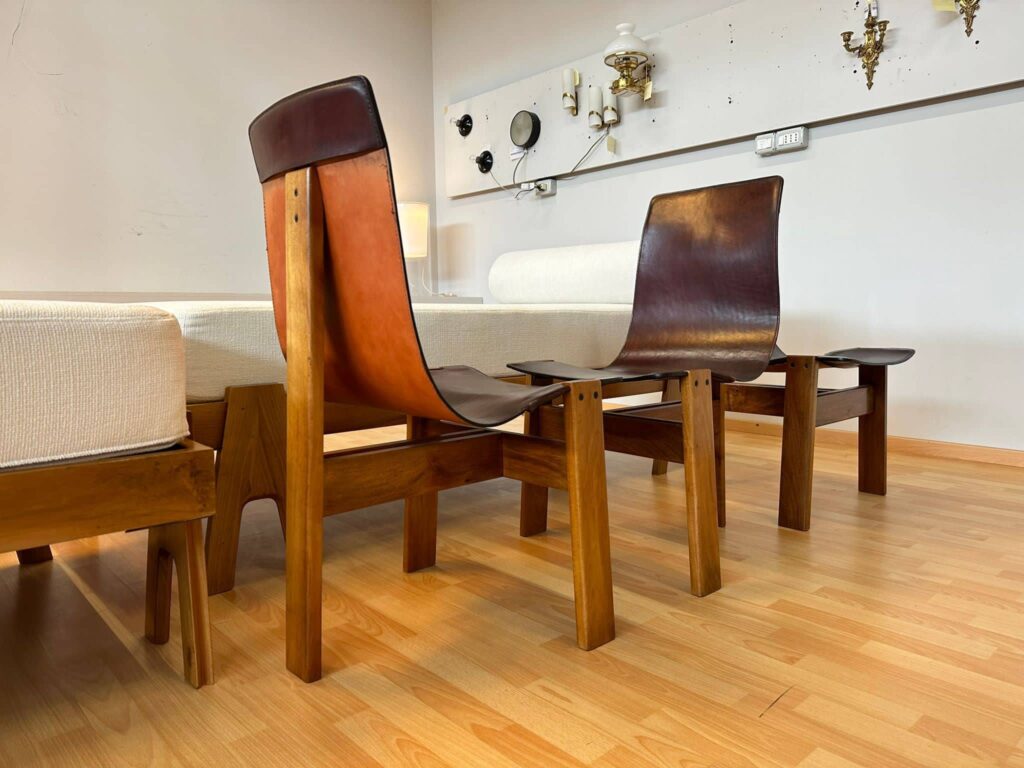
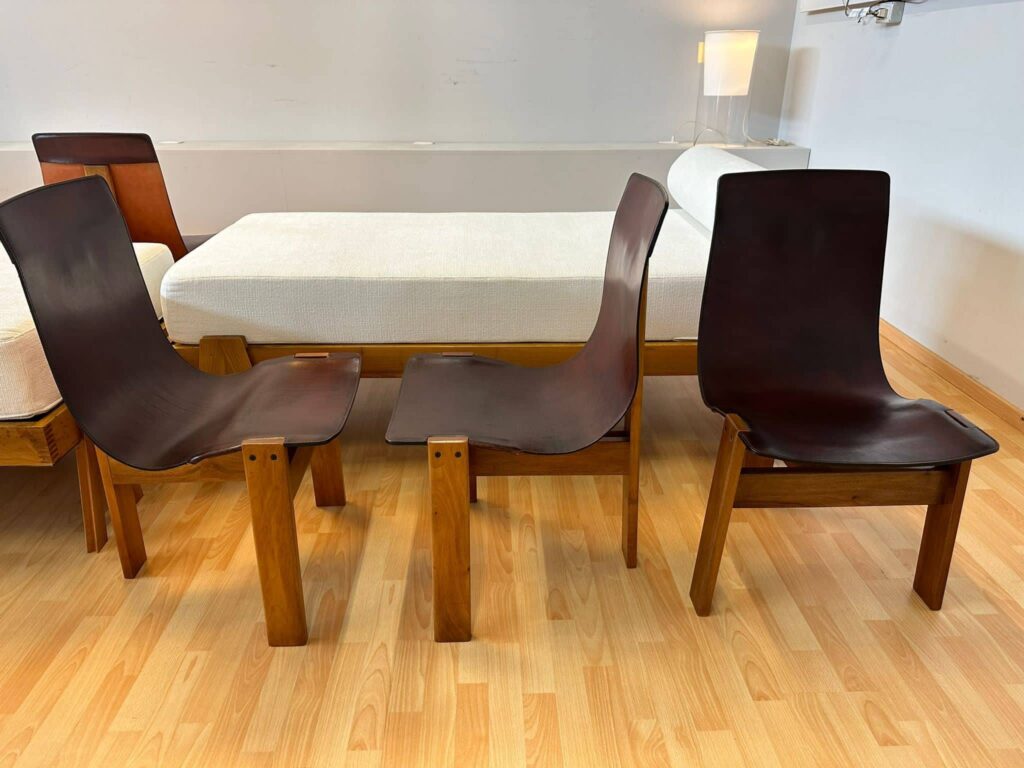
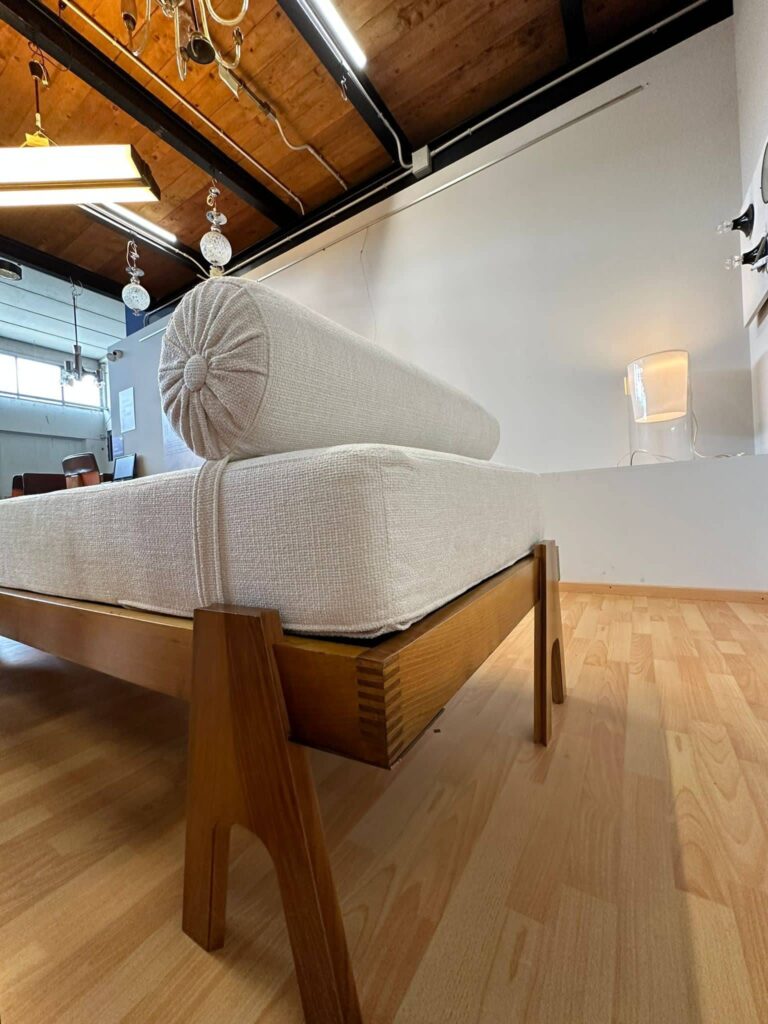
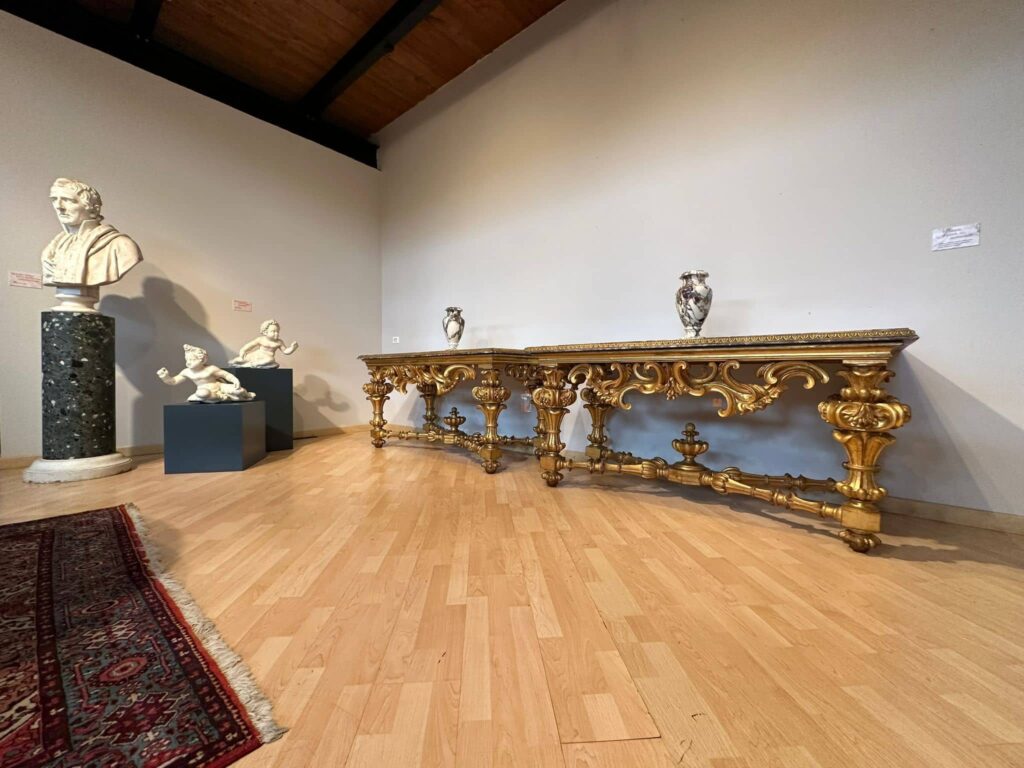
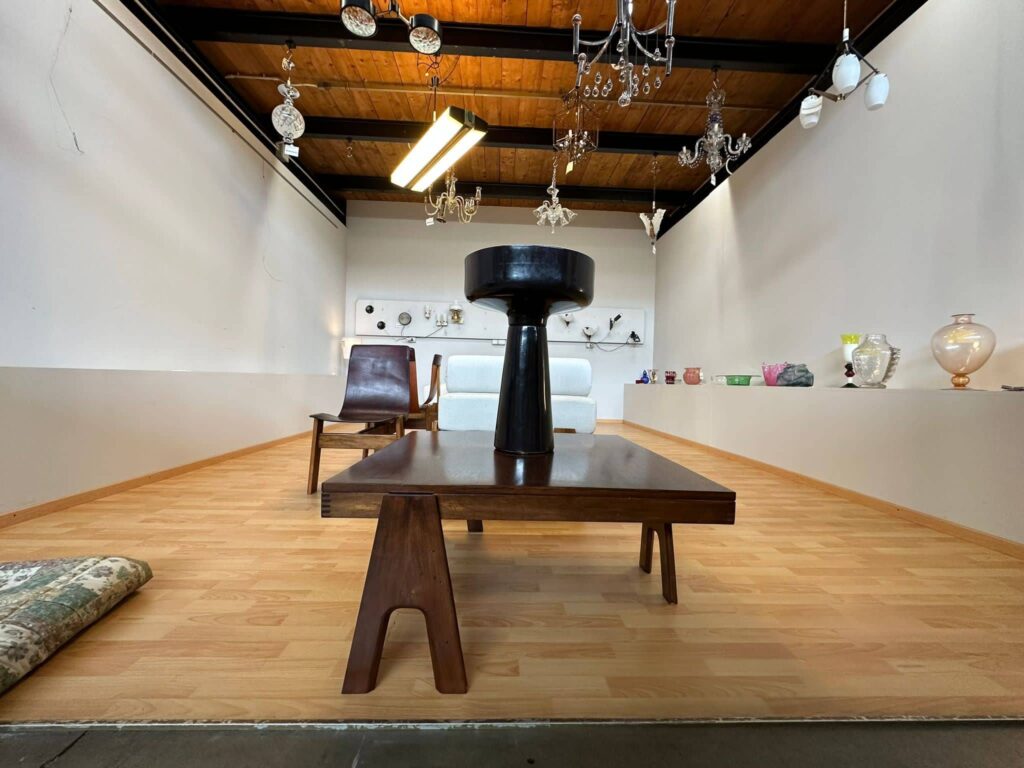
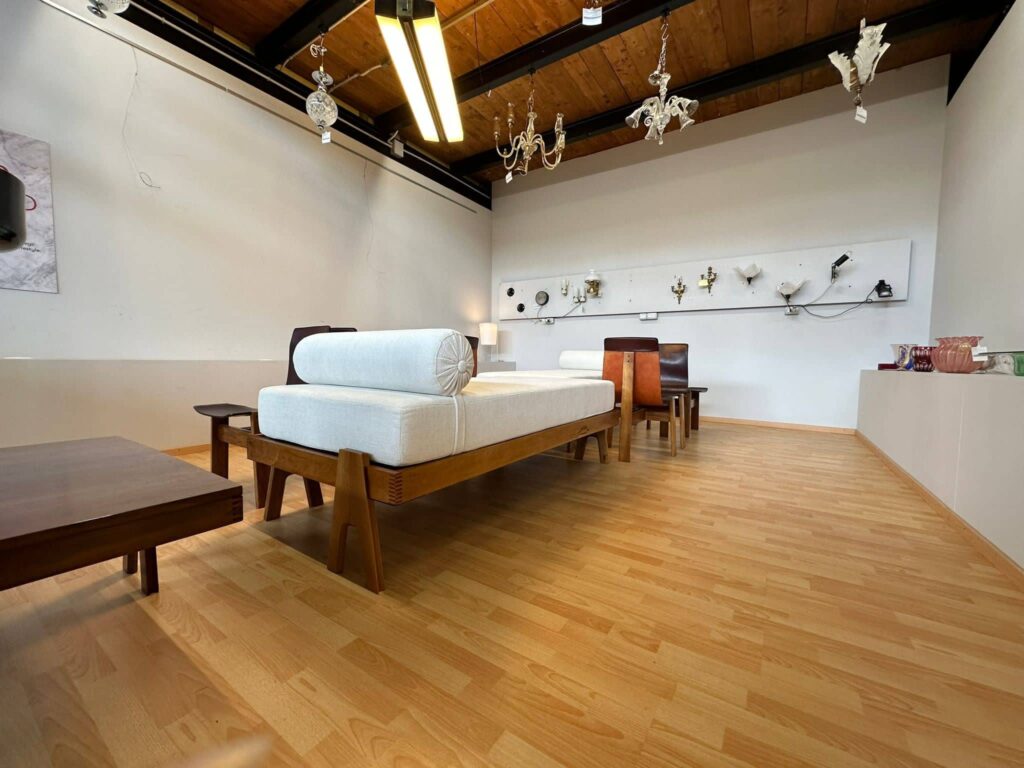

The event
From 23 September to 1 October 2023
Chambiago exhibition hall
The timeless pieces by Mangiarotti and Scarpa dialogue with ancient artefacts, in an exhibition that highlights all the value of an extraordinary material.
On stage is a significant collection of pieces, among the most important, by Angelo Mangiarotti (1921-2012), a Milanese architect considered one of the great Italian masters of design, capable of making material sensual and creating works that have become reference models for architecture , design and art.
They are tables and seats in very fine marble, of original production, excellently preserved, perfect for contemporary furnishings, with details and shapes that excite with their softness.

Alongside these, and almost in contrast while maintaining a refined dialogue, is the linear and architectural Delfi table by Carlo Scarpa, (2 June 1906 – 28 November 1978), a Venetian architect known for his ability to blend Italian tradition with modern techniques and his attention to detail. Multi-award winning and undoubted protagonist of international design, his innovative and cutting-edge works show great respect for Italian history and culture.
Works of art, pieces of architecture, furnishings that today we would define as iconic, however, come from a historical and cultural period that was oriented towards the use of other materials.
In fact, with the advent of industrialization and, even more so, with the chemical discoveries of the twentieth century, the world of objects and furnishings was completely revolutionized. Especially in the 1950s and 1960s, the production of furniture increasingly saw the use of plastic materials, which were in great demand both for being synonymous with that much-desired innovation, but also for their affordability and therefore the possibility of entering homes. of “common people”. Furthermore, this type of material allowed for the opening up of new experiments also in the field of aesthetics and shapes, not only with new visual and color effects, but also of the structure itself.

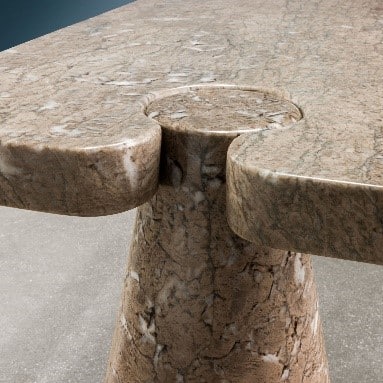
Within this panorama dominated by a completely new production and which catalyzes a large part of the market, some architects and designers established themselves who instead still use a noble and ancient material such as marble; specifically chosen by the designers because it lends itself better to the creation of the object itself, becoming its structure and no longer an aesthetic affectation.
The examples on display are clear evidence of this, with Carlo Scarpa and a larger nucleus of Angelo Mangiarotti.
The Delfi table was designed by Scarpa in 1970, revising a rationalist model created in the 1930s by Marcel Breuer. It consists of two monolithic marble bases that support the rectangular top of the same material, fixed together with brass bushings and marble pins. The table is conceived as an architectural element, with the powerful grooved bases and the use of marble only increases this perception.
A further step and approach in the use of marble was implemented by Mangiarotti who, with Skipper already at the end of the 1960s, produced various furnishings. With the tables from the Eros series (also shown here in its Freccia version) and Incas, the designer created furnishings that are characterized as real experiments with marble. Mangiarotti carefully studied the aesthetic rendering of the joints of the blocks that make up the tables, but he also analyzed the physical characteristics of the material, with its specific weight which allowed him to create tables whose stability is guaranteed by gravity. Marble is therefore chosen both for its grandeur and aesthetic refinement, but also (and perhaps above all) for its physical peculiarities, functional to the creation of tables as designed by the designer.
It is important to underline how Mangiarotti himself, remaining faithful to the concept of design as of products linked to a more massive production, with the creation of the successful Eros series, led to a real mechanization in marble processing. If until recently many manual interventions were necessary, these were almost completely eliminated thanks to the development of equipment specially created for the occasion.
Mangiarotti’s experimentation with marble continued in the following decades. In fact, the M4 table dates back to the 1980s, in which marble is used only for the central baluster, while the top is made of glass, creating a lighter piece of furniture both literally and visually, through the transparencies of the top.
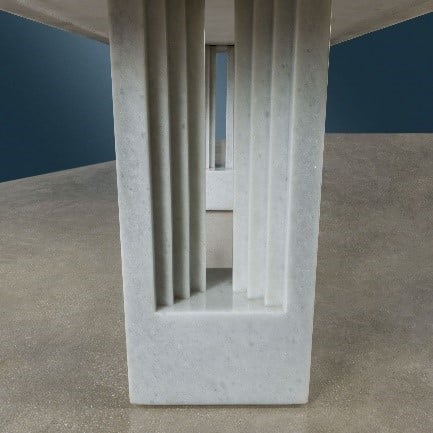
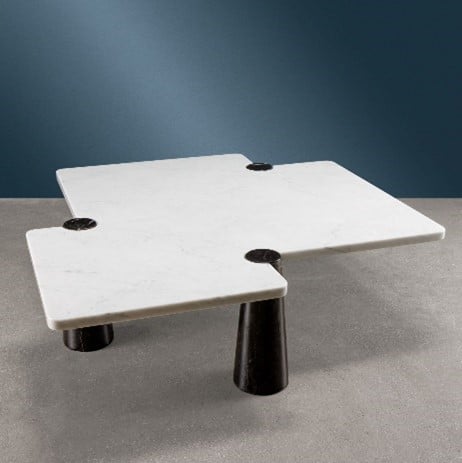
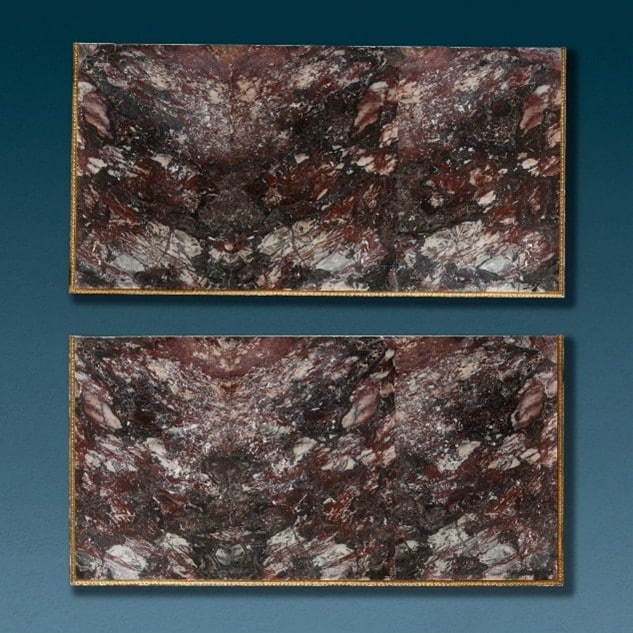
Also widely used to decorate furnishings, in order to embellish them, marble has always been synonymous with wealth. In fact, the difficulty in extracting, transporting and processing the material made it an expensive product, which in ancient times only the wealthiest clients could afford. A true status symbol but not only that: marble was also sought after for its aesthetic characteristics. Its presence on the furniture confirms the high workmanship and refinement of these accessories.
An example of this are the two floors on display, dating back to the 19th century, whose “body” of stone veneered in Medici breccia and finished with a bronze edge, presents geometries obtained from skilful mirror workmanship.
Location
Via Castellazzo 8
Cambiago (MI)
hours
Martedì e Giovedì 15-19
Sabato e Domenica 10-19
Contact
Telefono: 334 504 5138
Email: fineart@dimanoinmano.it

